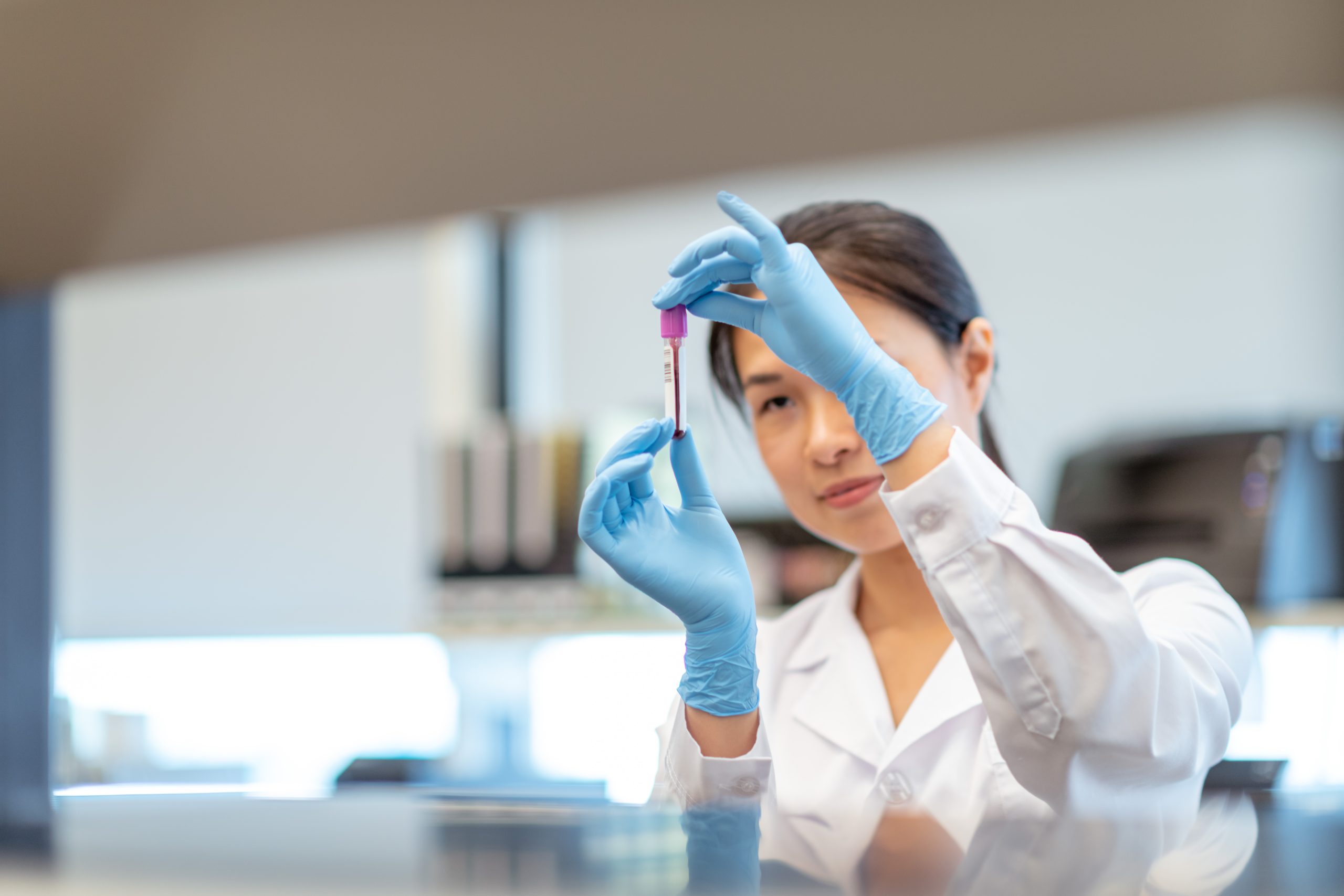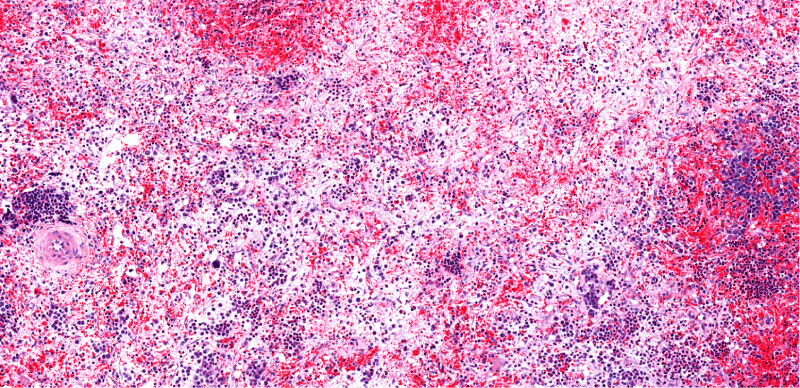
Myeloproliferative Neoplasms
The latest news, research, and perspectives in myeloproliferative neoplasms (MPNs). MPNs occur when the bone marrow produces too many red blood cells, platelets, or certain white blood cells. The primary subtypes include myelofibrosis, polycythemia vera, and essential thrombocythemia.
Advertisement
Gaps in coordination and collaboration between primary care and oncology may impact long-term survival outcomes for patients.
In the SURPASS ET trial, ropeginterferon alfa-2b was compared to anagrelide in second-line management of ET.
Dose escalation study data presented at EHA2025 showed durable response in patients with disease resistant to prior therapy.
The agent, nuvisertib, previously received Orphan Drug Designation from the FDA for this indication in May 2022.
The phase 3 SURPASS-ET trial presented at ASCO evaluated ropeginterferon alfa-2b versus anagrelide for the treatment of ET.
Expert insights from a HemOnc Pulse Live! session offer a compelling look at where CML and MPN care is headed.
Advertisement
How have TKIs transformed CML survival and what’s next for treatment-free remission and deeper MPN responses?
100% MRD-negative CR in Ph+ ALL? Dr. Catherine Lai recaps standout abstracts from an ASCO rapid oral session.
Gecacitinib improved spleen volume, symptoms, and anemia in JAK inhibitor–naive MF, regardless of baseline anemia severity.
The MANIFEST-2 trial compares pelabresib plus ruxolitinib with placebo plus ruxolitinib in JAK-inhibitor-naive myelofibrosis.
Interferon improved myelofibrosis-free survival in adolescent and young adult patients with polycythemia vera.
Experts discuss early detection in myeloid malignancies, from current challenges to future innovations.
Studies have shown that oncologists are leaving the workforce at increasing rates in association with growing workloads.
This agent also has Orphan Drug designation from the EMA and a phase III study is currently enrolling patients.
Experts discuss patient-centered approaches and novel therapies reshaping MF treatment in a roundtable.
Experts explore anemia therapies, JAK inhibitors, and transplant innovations shaping the promising future of MF care.
Experts discuss molecular insights into MF, highlighting mutations, risk assessment, and evolving therapeutic approaches.
Experts discuss current treatments and ongoing research in myelofibrosis, highlighting new therapies and clinical trials.
Experts discuss CALR-targeting therapies, symptom assessment, and the future of myelofibrosis treatment and regulation.
LucyRx’s pharmacy network includes Northwestern Medicine Specialty Pharmacy, Dana Farber Cancer Institute, and more..



















 © 2025 Mashup Media, LLC, a Formedics Property. All Rights Reserved.
© 2025 Mashup Media, LLC, a Formedics Property. All Rights Reserved.